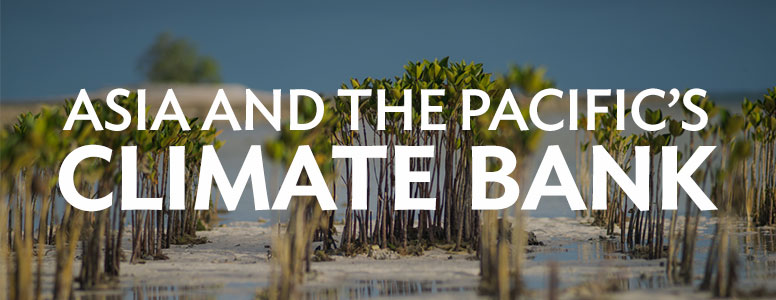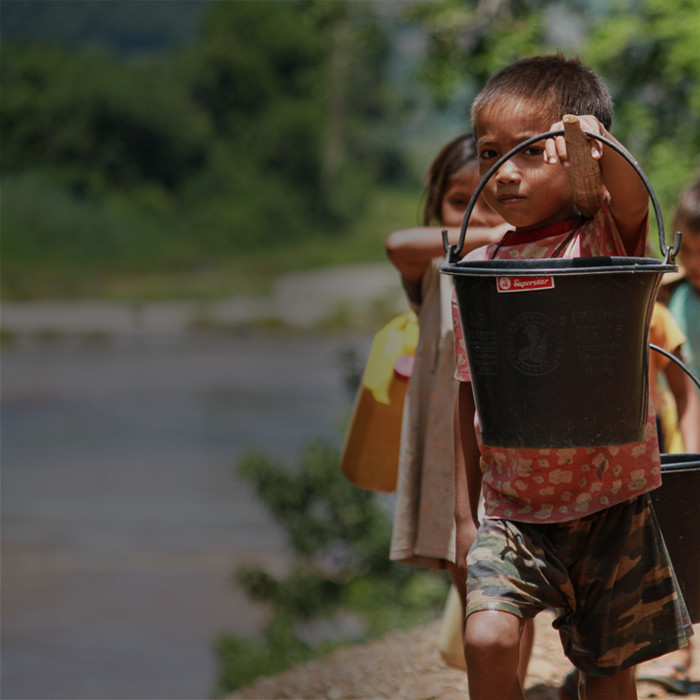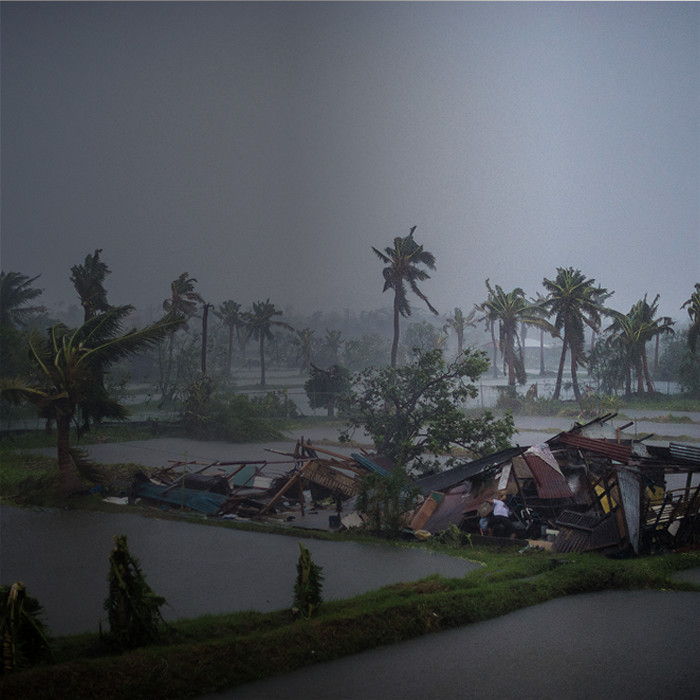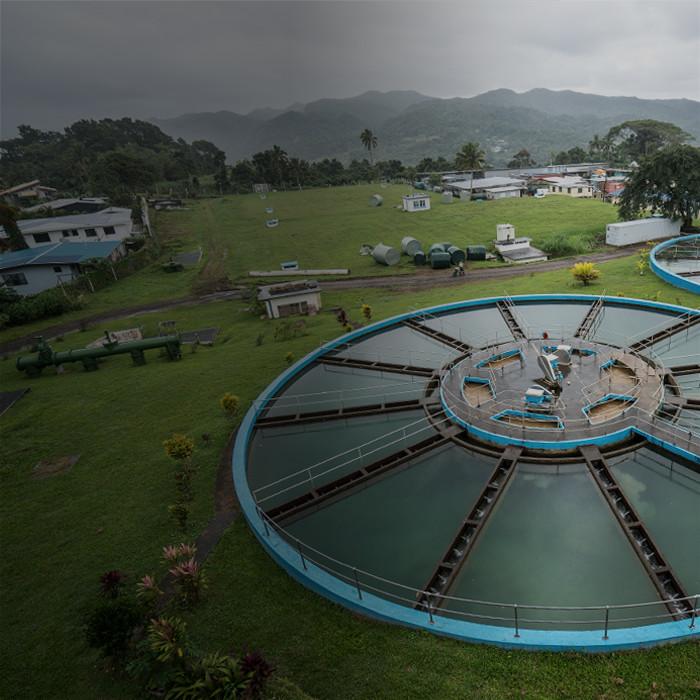Water
Despite achievements in Asia and the Pacific, 1.5 billion people in rural areas and 600 million more in urban areas still lack adequate water supply and sanitation. Sound water management and access to reliable service delivery remain vital to inclusive economic growth and social well-being.
- Jump to:
- What ADB Is Doing
- What ADB Has Done
- What's New
-
Proportion of population using safely
managed drinking water, 2020Despite adequate water services, there are two billion people that lack safe drinking water in Asia and the Pacific.
-
Proportion of population using safely
managed sanitation, 2020Asia and the Pacific is still in need of safe water for proper sanitation services.
-
Water Sector Financing by ADB,
2011-2021Innovative financing and partnerships are needed to provide water, infrastructure and services in the region.
ADB is working to improve water security and resilience in the region by supporting inclusive, resilient, sustainable, and well-governed services delivery and resource management. ADB supports its developing member countries in achieving water-related Sustainable Development Goals, including resilience to climate change, access to basic water and sanitation, increased food security, rural revitalization, gender equality, improved health, and a better environment.
Your Questions Answered
-
What are the main drivers of water scarcity in developing Asia?
Climate change, population increase, and urbanization are among the key factors that negatively influence water security. According to the 2020 World Economic Forum’s Global Risks Report, extreme weather events with major damage to property, infrastructure and loss of human life are a key driver of water scarcity.
-
What are the three most cost-effective ways of boosting water security in ADB’s poorest member countries?
The most cost-effective way is promoting water conservation, and more efficient water use. If water supply lost from leakage can be captured, this is often much more cost-effective than developing new water sources.
-
How is climate change impacting on water security in Asia and the Pacific?
Water is the primary medium through which the effects of climate change are felt. Due to climate change, the frequency and magnitude of natural hazards are increasing, with unprecedented effects on local populations, the environment, and economies. Resilient water and sanitation management has become extremely urgent and central to climate adaptation.
What's New
-
| Development Asia
Harmonizing Marine Plastic Pollution Data in East Asia
-
| Video
The Road to Climate Resilience in Cambodia
-
| News Releases, News from Country Offices
ADB Strengthens Sanitation System in Indonesia with $419.6 Million Loan
-
| News Releases, News Release
ADB Memperkuat Sistem Sanitasi Di Indonesia Dengan Pinjaman Sebesar $419 Juta
-
| Video
支持中华人民共和国河南省黄河流域的生物多样性保护




